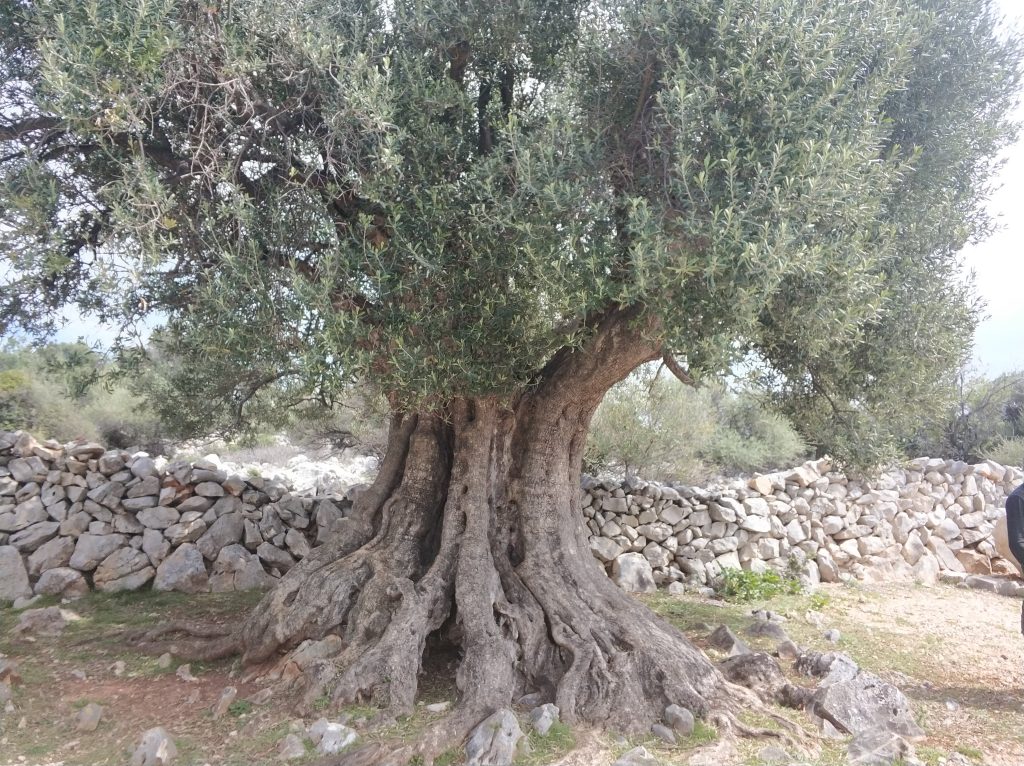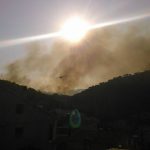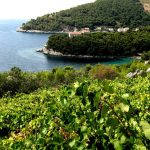Dora Lozica writes for Slobodna Dalmacija about what the olive oil producers of the island have to say about this year’s results of their efforts. The dry year brought a somewhat weaker crop, however, the amount of oil in the olives is slightly larger than usual as well.
The early stages of the year were promising this year, the flowering was excellent, but the extremely warm and dry weather of the summer and early fall had an impact on the crop. Ranko Surjan, president of the Vela Luka Association of Olive Growers said that the olives withstood the drought, but the fruit is somewhat dry, which results in a high ratio of oil within each olive, usually over 20 percent. However, the harvest will not be as good as last year’s, the oil will lack the fruitiness and other characteristics we are used to since the olive did not have enough water in the ripening stage to develop all the flavors. This, of course, does not mean that the oil will not be good, it will be excellent, these are nuances that only experienced olive growers recognize.
Thanks to the Association of Olive Growers of Vela Luka, which will soon celebrate its 20th anniversary, the people of Korčula can boast the label of origin of Korčula olive oil. They started the project of obtaining the brand back in 2006, and although they were assured that it would be difficult to get it, the members of the association were persistent, so today they are the proud owners of the first, protected, Dalmatian island, olive oil. The growers from the association want as many producers from the whole island as possible to join the brand, because it guarantees the promotion of the island, but also quality, proper cultivation and harvesting.
“You should harvest your olives at the optimal moment, when the fruit is physiologically healthy, usually harvesting begins in mid-October. The fruit should be kept in open crates for as short a time as possible before processing, a maximum of 48 hours. Shakers significantly speed up the harvest, if we harvest everything by hand, and the harvest will drag on until the end of December, then the oil will not be good either. There are several processing plants on the island.” Ranko explains.
One of the reasons for the good yields throughout the island are local traditional varieties, which produce a lot of oil. On the western part of the island, Lastovka and Drobnica predominate, less Orgula, which is characteristic of the central and eastern part of the island. Orgula is also the most widespread variety in Dalmatia, it has its advantages, Ranko points out, but it is not native like Lastovka.
For a long time, the story has been that the price of olive oil is supposed to increase. But nobody really expected that the olive harvest 2022 would produce oil sold for as much as 200 kn per litre in some local groups. The economic and energy crisis is the cause of the increase in food prices in general, but is this price of olive oil realistic? “The price of processing is increasing because the price of energy sources is increasing, especially electricity for the economic sector, as well as the price of packaging. Last year, across the island, the price of processing was 1,20 – 1,30 kuna per kilogram of olives, this year it is 1,50. I think 120 to 130 kuna per liter for olive oil from the olive harvest 2022 is an average and realistic price,” Ranko explains.










